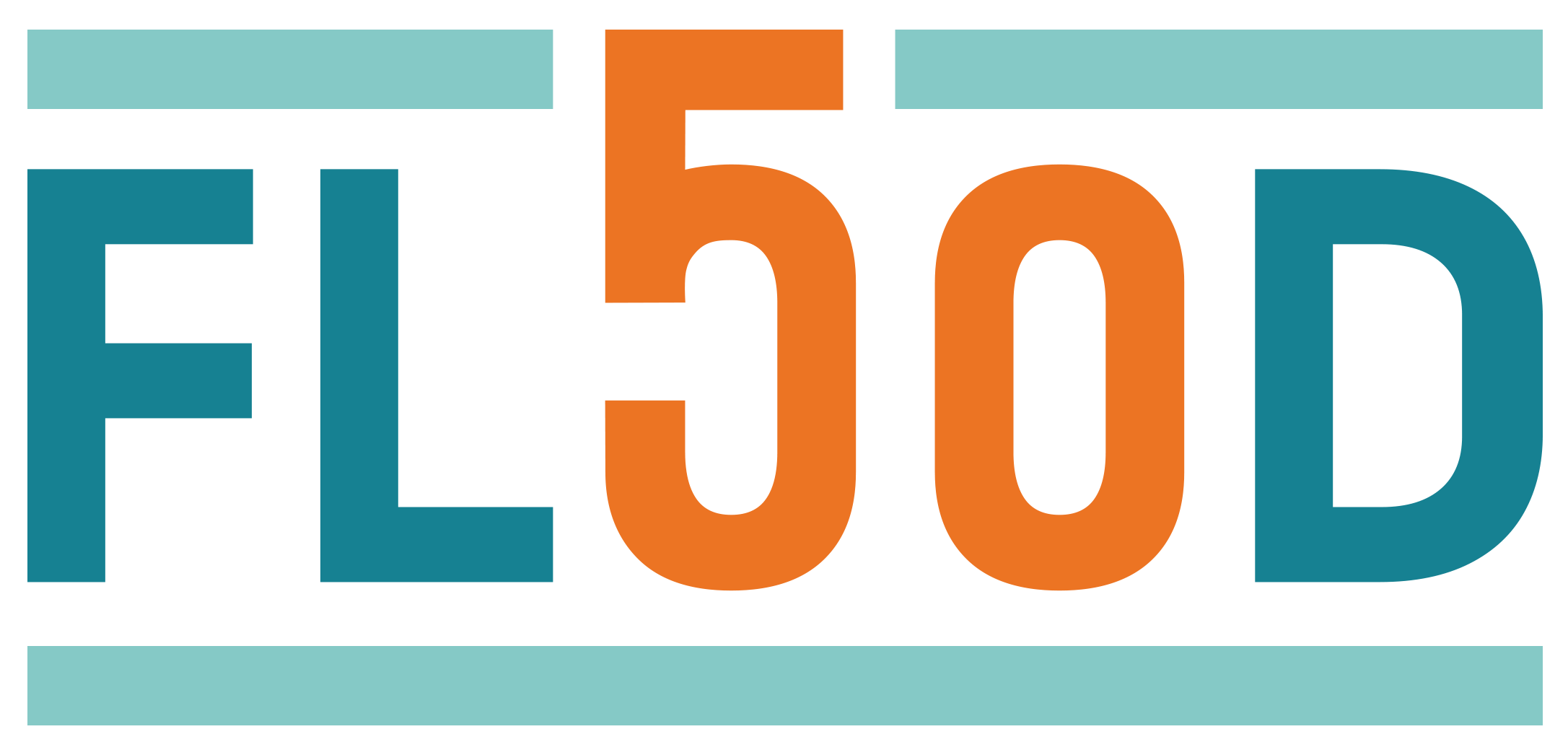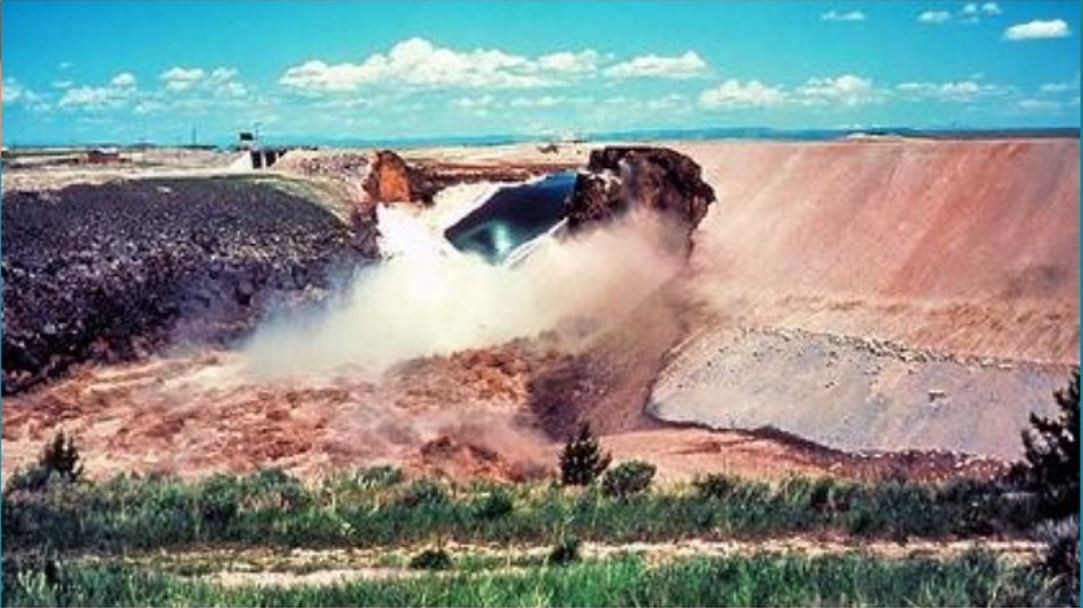

Community is a result of shared experiences. FLOOD 50 is a time to gather, to remember, to serve; and to create new experiences we will reminisce for years to come.
What is Flood 50?
As we mark the 50th anniversary of the Teton Dam Flood, which broke on June 5th, 1976, we invite you to explore the story of not just devastation, but the extraordinary resilience and unity that emerged in its aftermath. Learn more about this commemorative year-long event.

Not forgetting the challenges of the past, we move forward, remembering the many tender mercies amidst the tragedy, inspired by our community's resilience.
Watch Rexburg's documentary about the flood:
"Flood of Memories".
Experience films & exhibits about the flood, telling individual stories, sharing glimpses into the past.
Envision the Past on a downtown walking tour and see what areas were impacted most.
Visit the Site of the flood and learn about how the events unfolded on a Dam Bus Tour.

In the flood's wake, armies of volunteers came to the aid of strangers and neighbors. We honor their service and look for opportunities to make a difference today.
Restore the Area and bring a new sense of cleanliness to places in need, like highways and parks
Dedicate your Time by committing to 50 hours of service. 50 hours for 50 years.
Fill the Bucket and see how your time is making a difference here at home.
Share your Story about the flood and on our flood of memories wall memorial.
Learn to Provide Aid by participating in a CERT training session to assist others in their time of need.



